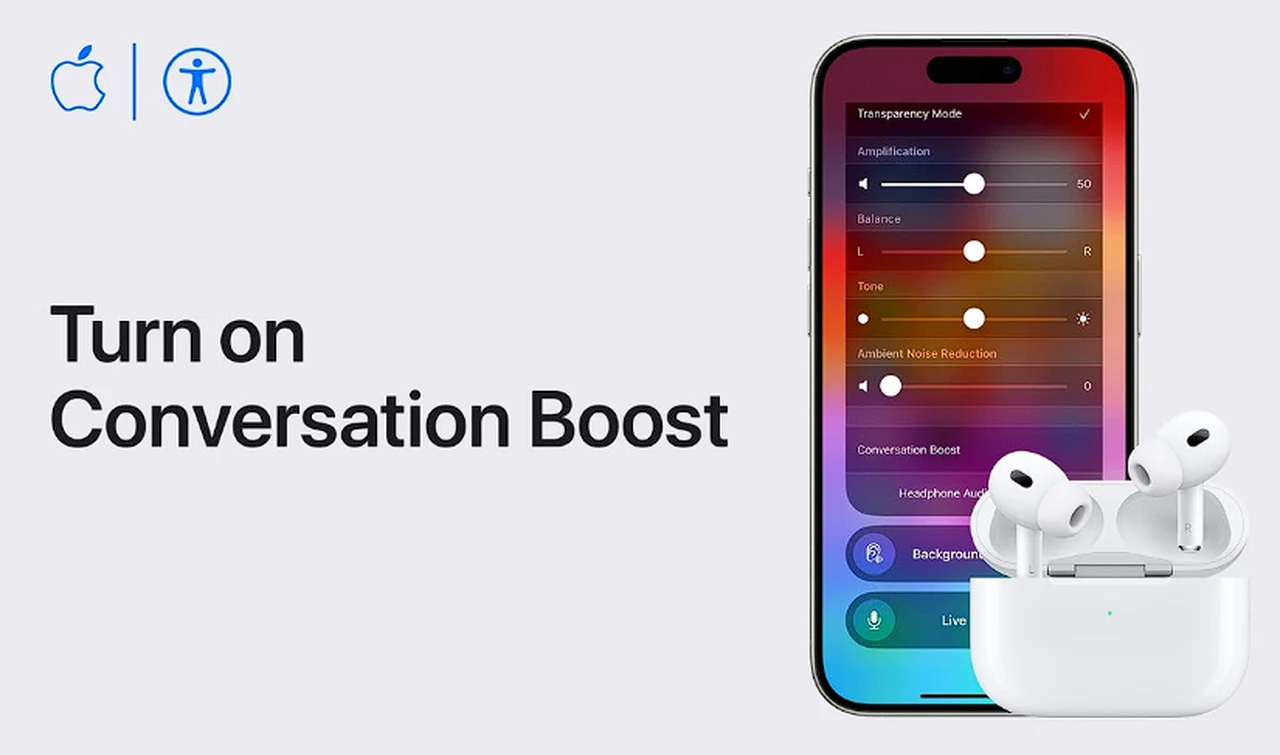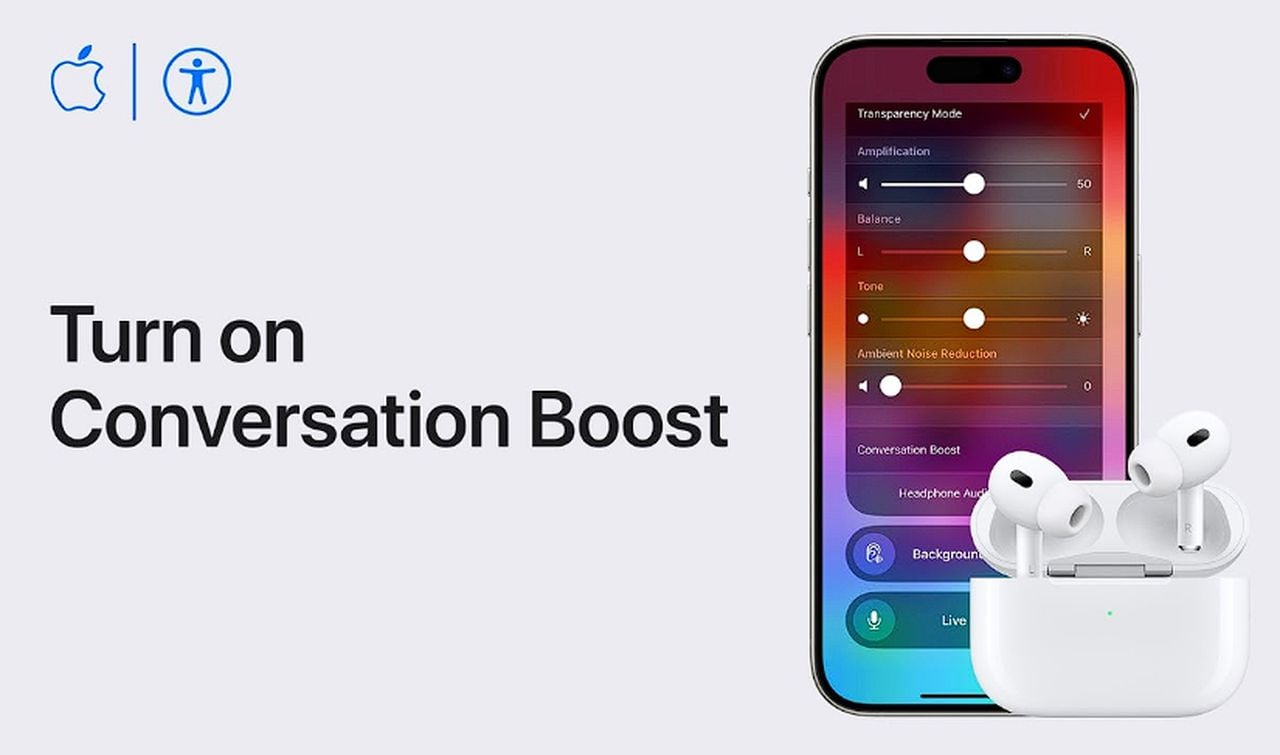
If you have been struggling with the audio quality of your conversations on iOS devices. You may be interested to know that Apple has a unique feature for its iPhone called Conversation Boost which is been specifically designed to work with the companies AirPods Pro to improve audio quality when in conversation.
Imagine being able to cut through the noise of a bustling coffee shop or a busy street and focus solely on the person speaking to you. With the AirPods Pro, this isn’t just wishful thinking—it’s a reality, thanks to a feature called Conversation Boost. This tool is designed to help you zero in on face-to-face conversations, making it easier to hear and engage with others, even in noisy environments. Let’s dive into how you can enhance your listening experience by enabling and customizing this feature on your iPhone or iPad.
Firstly, it’s important to understand what Conversation Boost is and whether your devices are compatible. This feature works by amplifying the voice of the person in front of you, using the microphones on your AirPods Pro. It’s a part of the broader Headphone Accommodations settings, which also cater to various Apple and Beats headphones. To use Conversation Boost, you’ll need to ensure that your AirPods Pro and your iPhone or iPad are updated to at least iOS or iPadOS 14.
Once you’ve confirmed compatibility, the next step is to activate Headphone Accommodations. You can do this by updating your device to the latest software version and then heading to the Accessibility section within the Settings app. Here, you have the option to go through the Custom Audio Setup, which guides you through audio tuning, or you can manually enter your audiogram results from the Health app for a more tailored listening experience.
How to use iPhone Conversation Boost with AirPods Pro
Here are some other articles you may find of interest on the subject of Apple’s iPhone and iOS operating system:
Before you start customizing your audio settings, it’s a good idea to reset them to the default. This ensures that any changes you make are noticeable and effective. For AirPods Pro users, this means resetting your audio configurations. After the reset, you can explore various customization options. For instance, you can adjust the Transparency mode and, if you have the 2nd generation AirPods Pro, activate Adaptive Audio to refine your listening experience further.
Now, let’s talk about enabling Conversation Boost. To do this, simply swipe to open the Control Center on your iPhone or iPad. Once activated, the feature will use the microphones on your AirPods Pro to pick up the voice of the person you’re facing, enhancing it so that you can follow the conversation more easily without being distracted by the noise around you.
For added convenience, you can tailor the Control Center to give you quick access to the audio settings you use most often. Customizing the Control Center is straightforward—you can add, remove, and organize controls to make managing your audio preferences a breeze.
With these steps, you can transform your AirPods Pro into a powerful tool that not only plays your favorite tunes but also helps you stay connected in conversations, no matter where you are. Whether you’re trying to chat with a friend at a concert or need to hear instructions in a noisy airport, Conversation Boost can help you focus on what matters most—the person speaking to you. Enjoy clearer, more focused conversations with just a few taps on your device, and make the most of your AirPods Pro’s capabilities.
Image Credit: Apple
Filed Under: Apple iPhone, Guides
Latest timeswonderful Deals
Disclosure: Some of our articles include affiliate links. If you buy something through one of these links, timeswonderful may earn an affiliate commission. Learn about our Disclosure Policy.

